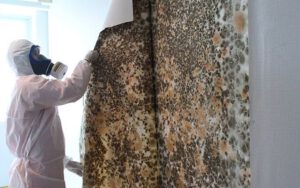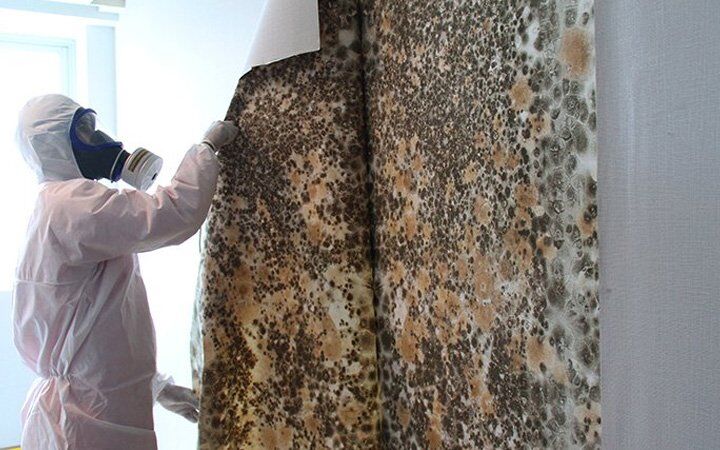Discovering mold in your home is not only a shocking discovery – you may be concerned about your health, but you may also have questions about your options and the cost of removing mold from your home. If you’ve found mold in your home, you can hire professionals to get rid of it.
If you have a surface mold problem, you may be able to remove it yourself. These types of mold usually grow on the walls, floors, and ceilings, and they tend to develop in areas with high humidity. You can use hydrogen peroxide bleach to remove these types of mold. Let the solution soak into the mold for ten to fifteen minutes. Then, use a scrubbing brush to remove the mold.
While most types of surface molds are harmless, some of them can cause a number of health problems, including sneezing and coughing. The best way to protect yourself and your family is to get rid of the mold before it grows too large. This will minimize your exposure to the mold and help you limit your liability.
Using hydrogen peroxide is an effective surface mold treatment. It kills mold spores and is safe to use on a variety of surfaces, including kitchen and bathroom fixtures. It can also be used to remove stains and hard flooring. However, you should be aware of the risks associated with this solution.
You can also remove surface molds by washing them with bleach. It is essential to wear gloves and other protective gear while cleaning. Use the appropriate cleaning products and follow instructions carefully. Never mix bleach with other cleaners because this will release dangerous fumes. You should also make sure the area is well-ventilated. Use protective clothing, including overalls, rubber gloves, and eye protection. You should also use a P1 or P2 face mask, which can be bought from a hardware store.
Baking soda and vinegar are both effective at killing mold spores. Apply the mixture to the affected areas and leave it overnight. This treatment will kill the mold spores, but it may leave a streak behind. If the problem is more severe, you may need to seek professional help.
A biocide is a type of chemical that kills mold and bacteria. It’s best used in a sealed area and only applied by a trained professional. The biocide can be dangerous if the chemical is not used correctly. However, it is effective at killing mold and bacteria and is preferred in situations where water has caused a buildup.
Biocides have different levels of effectiveness against different types of mold and bacteria. Unlike a cleaning agent, biocides can kill dead mold but may not kill mycotoxins and allergenic spores. In addition, biocides may not work as well against indoor molds. Most biocides were developed to kill infectious bacteria in high-risk environments, so they may not be as effective against fungi.
While biocides are effective at killing mold and bacteria, they are also highly toxic. There is currently no way to predict whether continuous exposure to biocides will harm human health. Biocide exposure may occur through dermal, inhalation, or ingestion. Symptoms of biocide poisoning may include diarrhea, headaches, and vomiting. The elderly, infants and chronically ill people may be especially susceptible to biocide poisoning.
Biocides should only be used when there is a concern about bacteria or a compromised immune system. In most cases, however, biocides are not needed. In such cases, a cleaning solution containing bleach and water will be effective. It’s recommended to consult a professional about the best way to use biocides.
Biocides have two main modes of action: eradicant and protectant. Eradicate biocides work on mold spores by killing them on contact. Fungistatic biocides prevent the growth of mold by inhibiting its growth.

